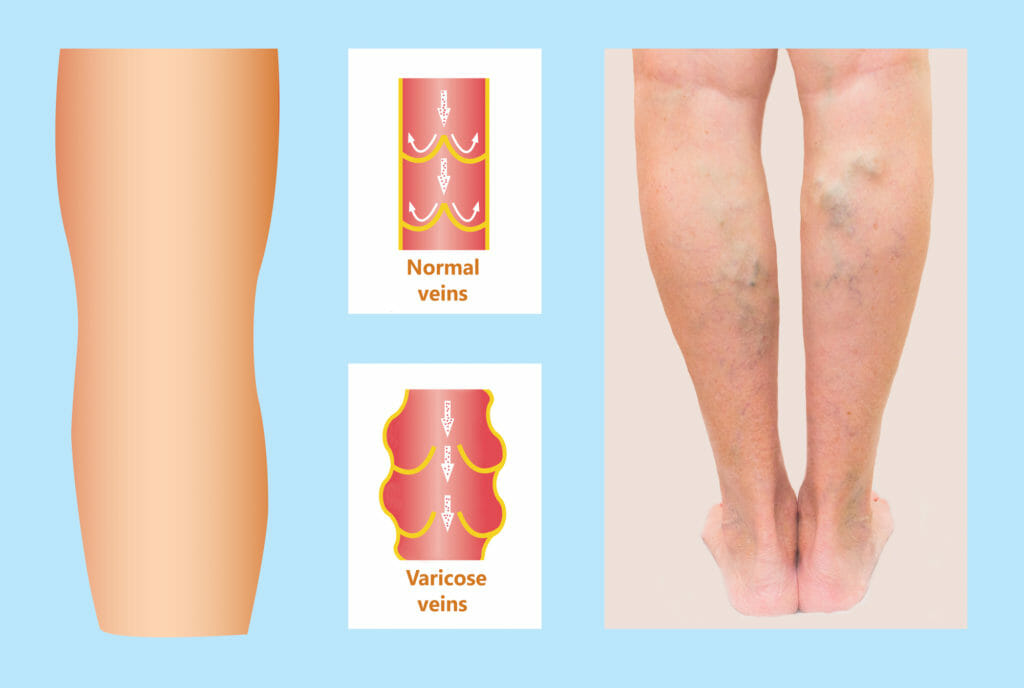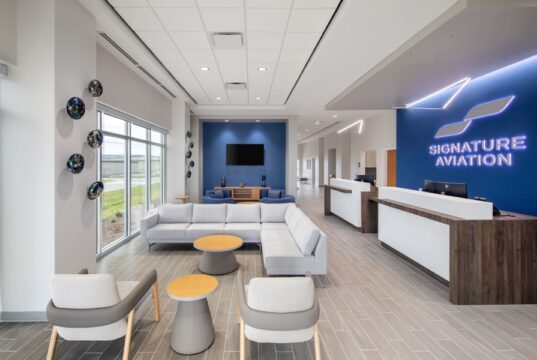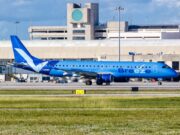
Blood clot and thrombosis medical 3d illustration
A crew members, common question we receive address how mitigate the negative health consequences of long periods of sitting in the flight deck or deadheading/commuting. We hear; Is there a way to do an actual workout? And, would that help avoid deep-vein thrombosis (DVT)?
Deep Vein Thrombosis (DVT) often occurs in the deep veins of the calves, legs or pelvis and can be caused by anything that restricts blood flow in the body. Blood clots are formed in the deep veins, resulting in DVT. These blood clots can cause many health issues, the worst of which is breaking free and traveling to your lungs, resulting in a pulmonary embolism, which can be fatal. There are many factors that contribute to the DVT such as being sedentary. However, a few simple stretches, exercises and lifestyle choices that flight crew members can do before, during and between flights, can reduce your risk.
Before and Between Flights:
When dressing, before leaving home, use compression socks to improve circulation at rest and aid in the prevention of blood pooling in the lower extremities.
Before the flight, walk the terminal and do a few laps on stairs as you encounter them. Maintain optimal posture while standing in line (engaged core, slightly bent/soft knees, chest up and shoulders pulled down and back) and do a few calf raises and butt squeezes while you are at it.
Drink plenty of water as dehydration can increase your risk of DVT by increasing blood viscosity leading to increased heart rate and blood pressure. Skip heavy, fatty meals and go for something lighter (low in saturated fat and high in antioxidants) to minimize inflammation and maintain optimal blood circulation. If you have the time, grab a 15 or 20 minute massage to boost circulation and decrease muscle tension.
During Flight:
Seated:
While seated, make sure are upright with good posture and don’t cross your legs. Perform the following exercises and stretches to increase blood flow and reduce swelling:
1 Seated calf raises – If possible, place a bag or briefcase on your knees for additional weight.
Isometric Exercises (height permitting): Hold all for 30-60+ seconds
- Wall sit in your seat. Loosen your seat belt one inch. Keep your entire back pressed into the seat back and press through your heels to hover over the seat. To make this more difficult add calf raises or alternating calf raises.
- Isometric leg extensions: Extend one or both legs until you reach the seat in front of you. Maintain proper posture while pressing up on the seat frame, engaging the quads.
- Isometric Hamstring Curls: Pull your feet back (think heels to butt) as far as possible (or press heels back and into the floor).
- Isometric biceps: Place your hands under your seatbelt and pull up.
Stretch:
- Piriformis stretch: Place your right ankle on your left knee. Keep your chest up, core engaged and back straight/neutral as you hinge forward from the hips. Breathe and repeat on other side.

Varicose veins on a female senior leg. Collage about structure of normal and varicose veins
Standing:
Try to stand or move every 45 minutes and do not sit longer than 3 hours at a time. Stand in the aisle or in the back of the plane near the bathrooms and do any or all of the following:
- Standing calf raises
- Squats or butt squeezes
- Standing hamstring stretch
- Standing wall slides
- Standing calf stretch
- Standing hip flexor stretch
If you need to, use your phone alarm or an interval timer app to set reminders at regular intervals to incorporate a combination of movement and stretching to stimulate muscles and improve blood circulation. These simple movements will go a long way in improving the health of our circulatory systems, especially as we age.
For additional information and professional guidance on the above activities and more, please reference our seated exercise course at www.pilotfitness.com. ACN






















































































































